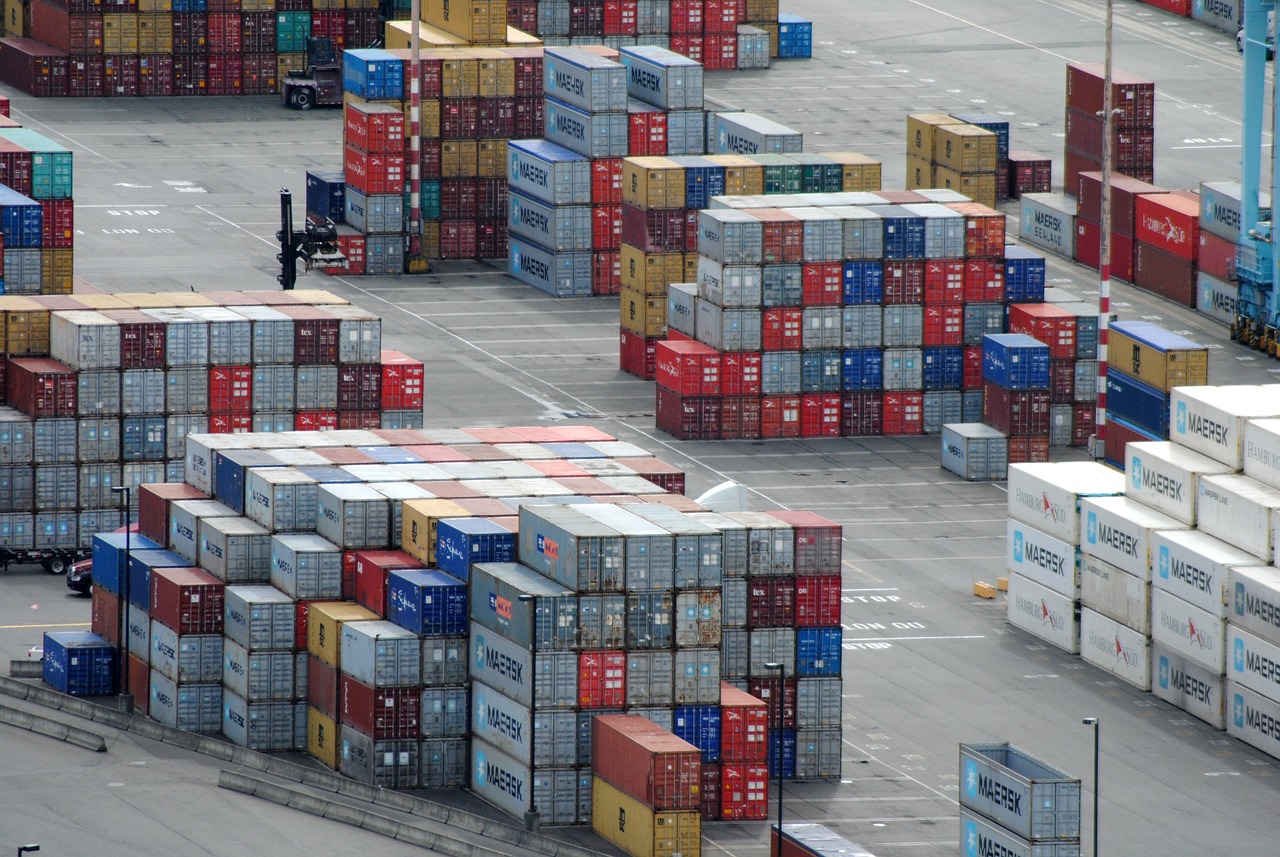
From January to September, Hungary recorded a trade surplus of EUR 9.3B.Continue reading

The seasonally adjusted November Purchasing Managers Index (PMI) stood at 50.3, with respondents reporting a slight expansion in November compared to the previous month. After a moderate expansion in the spring period, the domestic manufacturing sector has been experiencing a sustained slowdown since June, a trend that was reversed in the November survey.
The value of the PMI index rose from 47.6 points a month earlier, writes Világgazdaság. The improvement to 50.3 indicates that manufacturing activity is expanding once again.
Key components of the index contributed to this positive shift, including new orders, production volume, and external market indicators such as imports and exports.
The volume of new orders showed a notable increase, rising by 7.0 percentage points, signaling growing demand. Production volume also climbed by 4.1 points, suggesting increased output and improved business confidence. However, challenges remain, particularly in the employment sector. The employment index dipped slightly, remaining below the critical 50-point mark, indicating ongoing contraction. This trend reflects persistent challenges in the labor market, despite broader sectoral improvements.
The purchases volume index rose by 4.3 points. The index for stocks of finished goods rose by 0.9 percentage points.
The overall November PMI, while showing growth, still falls short of the long-term average of 52.6, recorded since 1995. This underscores that while recovery is underway, the sector has room for further improvement. The current reading is the fifth-lowest for any November since 1995, reflecting both the progress made and the challenges that lie ahead.
Sub-indices revealed a mixed picture. Delivery lead times decreased, suggesting potential supply chain challenges, while purchased inventory levels rose, indicating businesses are stockpiling in anticipation of future demand. The index for stocks of finished goods also increased slightly, reflecting higher inventory levels, though it remains below historical averages.
Despite these challenges, the external trade indicators provide a positive outlook. Both import and export indices are above the 50.0 threshold, indicating growth.
This suggests that Hungary’s manufacturing sector is benefiting from stronger global demand and could continue to gain momentum if these trends persist.
However, price volatility remains a concern. Respondents reported significant price increases for raw materials, including hot-rolled steel sections, resins, and stainless steel. Conversely, price decreases were noted for steel, sheet metal, and some electronic components. Such fluctuations could impact profit margins and competitiveness.
Via Világgazdaság; Featured image via Facebook/Audi Hungaria Győr